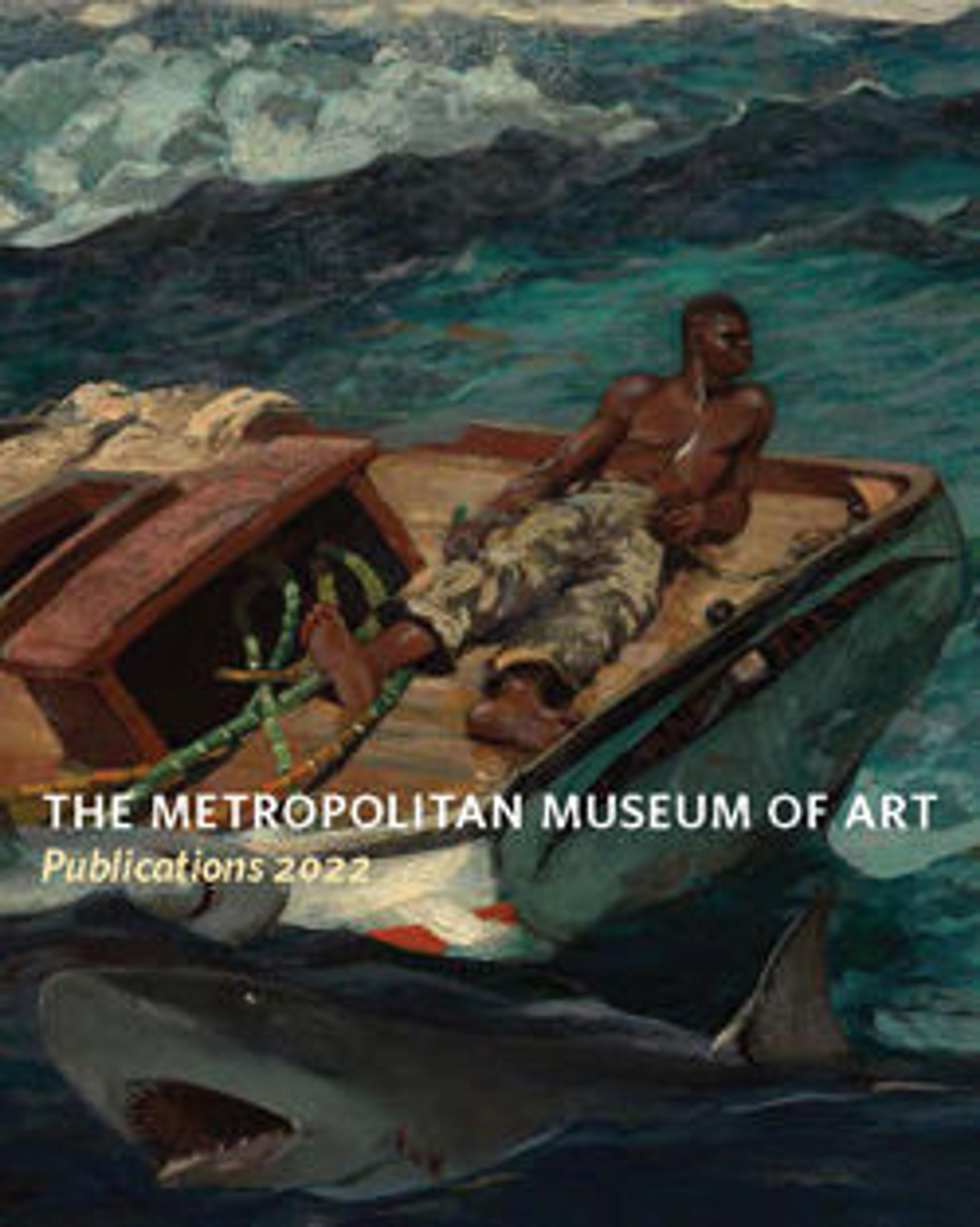Why Born Enslaved!
This bust is perhaps the most well-known nineteenth-century sculpture of an enslaved Black figure. A virtuosic display of artistic achievement, the composition was modeled after an unidentified woman whose features Carpeaux recorded in exquisite detail. Yet this bust is not a portrait. Rather, it depicts the Black figure as an enslaved and racialized "type." Created twenty years after the abolition of slavery in the French colonies (1848), the sculpture was debuted in Paris in 1869 under the title Négresse, a term that reinforces the fallacy of human difference based on skin color. The subject’s resisting pose, defiant expression, and accompanying inscription – "Pourquoi Naître Esclave!" (Why Born Enslaved!) – convey an antislavery message. However, the bust also perpetuates a Western tradition of representation that long saw the Black figure as inseparable from the ropes and chains of enslavement. The present bust is one of only two known versions carved in marble.
Artwork Details
- Title: Why Born Enslaved!
- Artist: Jean-Baptiste Carpeaux (French, Valenciennes 1827–1875 Courbevoie)
- Date: modeled 1868, carved 1873
- Culture: French
- Medium: Marble
- Dimensions: 22 7/8 × 16 × 12 1/2 in., 132.7 lb. (58.1 × 40.6 × 31.8 cm, 60.2 kg)
Pedestal: 22 × 18 in., 1298 lb. (55.9 × 45.7 cm, 588.8 kg) - Classification: Sculpture
- Credit Line: Purchase, Lila Acheson Wallace, Wrightsman Fellows, and Iris and B. Gerald Cantor Foundation Gifts, 2019
- Object Number: 2019.220
- Curatorial Department: European Sculpture and Decorative Arts
More Artwork
Research Resources
The Met provides unparalleled resources for research and welcomes an international community of students and scholars. The Met's Open Access API is where creators and researchers can connect to the The Met collection. Open Access data and public domain images are available for unrestricted commercial and noncommercial use without permission or fee.
To request images under copyright and other restrictions, please use this Image Request form.
Feedback
We continue to research and examine historical and cultural context for objects in The Met collection. If you have comments or questions about this object record, please contact us using the form below. The Museum looks forward to receiving your comments.
